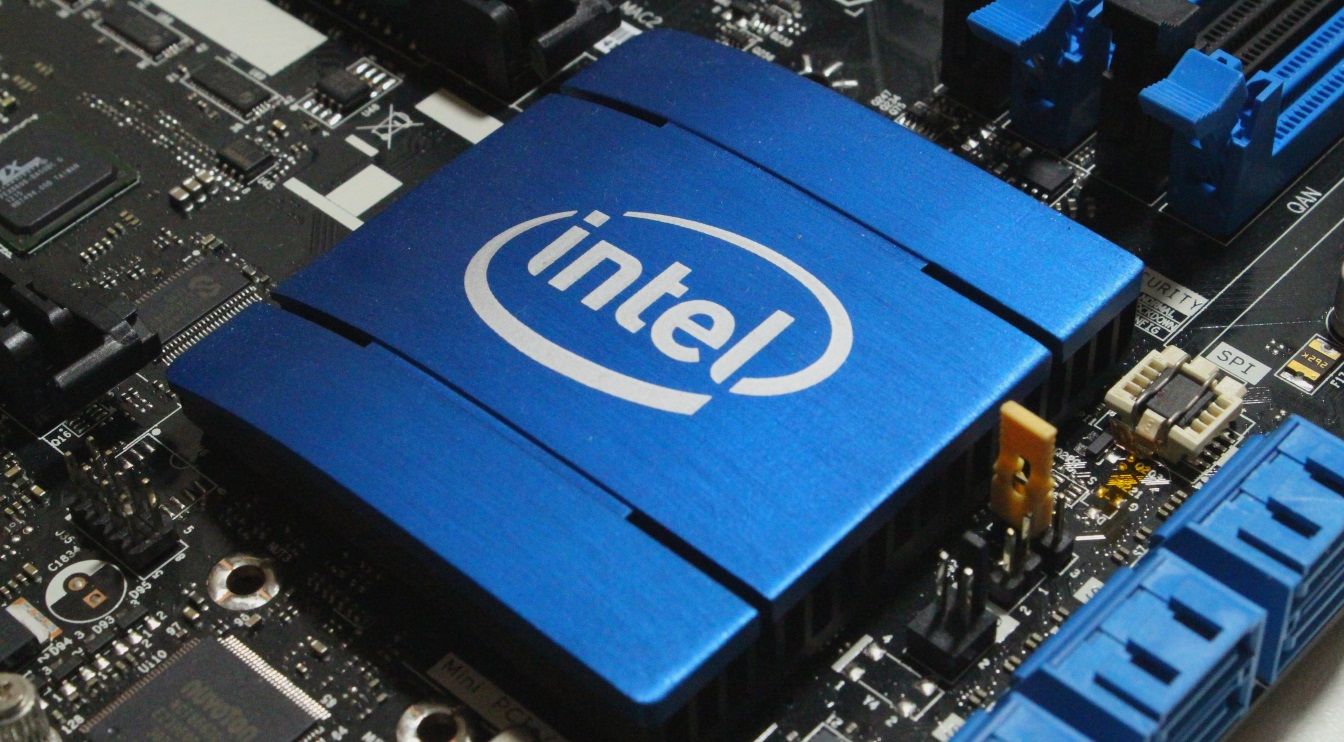by Nathan Faber, Newfound Research
This post is available as a PDF download here.
Summary
- U.S. equities have out-performed international equities for 8 of the past 10 years, but this trend has tended to flip-flop historically and persist for multi-year stretches.
- Home country bias is a real phenomenon that investors have to deal with, especially during these streaks where U.S. equities are favored.
- Balancing broad market expectations with the tendency to have a behavioral tie to home country performance is important for developing an investment plan that can be adhered to.
- Allowing for both unconstrained optimization and optimization assuming that closely tracking the home country benchmark is desired is one way to account for home country bias while capitalizing on return opportunities in the broader market.
- Maintaining diversification can be tough when the evaluation is done with hindsight, but with repeated applications and a long time horizon, it can lead to much more robust performance that removes the tendency – or need – to feel like poor luck determined the outcome.
Diversification is a tough pill to swallow in hindsight. Over any time period where a portfolio does not rebalance, the portfolio will always lag the best performing asset class. Diversification’s benefit is best measured by looking at the risk of hypothetical alternatives. Neglecting this adjustment to risk, it will only benefit point-to-point portfolio returns when there is intermediate rebalancing, and this benefit can take multiple years to pan out.
Source: BlackRock; Bloomberg as of 12/31/2018. Calculations by Newfound Research. Diversified Portfolio is rebalanced annually at the end of each year to a fixed-mix of 40% S&P 500 index, 15% MSCI EAFE index, 5% Russell 2000 index, 30% Bloomberg Barclays US Aggregate Bond index, and 10% Bloomberg Barclays US Corporate High Yield index. For illustrative purposes only. You cannot invest directly in an index.
This feeling of losing by being diversified is even stronger in market environments like 2019 when large-cap U.S. equities, which make up the lion’s share of many U.S. investor portfolios, were the best performing asset class.
Many regional equity investments lagged the U.S. by more than 700 basis points (bps) in 2019 (as measured in U.S. dollars). Switzerland was the only one that did better, and only marginally so.
Source: Tiingo. Calculations by Newfound Research. Past performance is not an indicator of future results.
Fortunately for many U.S. investors, their portfolios are overweight U.S. equities relative to their market-cap in the global economy. This home country bias feels good when it works.
With common financial wisdom warning investors to fight against home country bias, what are the costs?
In this note, we’ll look at some of the historical data surrounding geographic diversification and a systematic way to account for the fear of missing out (FOMO) on U.S. equity market returns.
The U.S./International Trade Off
It is well-known that the decade of the 2010s favored the U.S. equity markets over the international markets, regardless of what valuation differentials have forecasted. In fact, U.S. equities outperformed international in 8 out of the past 10 years. In those years, the average outperformance was 950 bps while the average underperformance in the other 2 years was only 200 bps.
This provides a huge amount of recency bias for investors constructing portfolios for the next decade, especially those who have only started investing after the Great Financial Crisis of 2008.
But a longer history shows a richer picture.
Source: MSCI. Calculations by Newfound Research. Past performance is not an indicator of future results.
In the 10 years prior to 2010, the World ex-US outperformed the U.S. in 7 out of the 10 years with an average outperformance of 900 bps and average underperformance of 500 bps.
Back in the 1980s, there were years where international outperformance was more than 20 percentage points.
During these times, it is easy to take home country bias as a given and use it as a justification for not reaping the returns in the international markets. Our FOMO is not as bad when our friends, family, and acquaintances are not realizing the benefits either.
But if we want to be diversified geographically in equities, even if we don’t always like the outcome, how much of an international allocation is enough?
We can use this framework of looking at performance relative to the U.S. to see what would have happened historically.
As the allocation to international equities increases, we see a wider spread in the 12-month outcomes versus U.S. equities. However, this spread is favorably asymmetric for every allocation; the average outperformance was always larger than the underperformance.
Source: MSCI. Calculations by Newfound Research. Past performance is not an indicator of future results.
By deciding what typical level of underperformance you can handle on an annual basis, you can determine what static allocation would have met that expectation.
But there is also a difference between being strategic and static in an allocation process. Market environments do change over time as we saw with the past 20 years of hand-offs between U.S. and international equities. The annual performance has an autocorrelation of 0.38 (with a standard error of 0.14) indicating that there has been persistence in the direction of relative performance.
This effect could likely be at least partially attributable to momentum within the regions. However, without delving into the realm of tactical methods, we want to explore a purely strategic approach to determining strategic allocations for U.S. and international equity that can account for investor preferences.
Systematically Selecting Home Country Bias
Our Quantitative Behavioral (QuBe) Model Portfolios aim to account for home country bias by incorporating reference point optimization as one of the three optimization schemes employed. We covered this more thoroughly in our commentary on Optimizing for Anxiety, but at the highest level, the objective of it is to set a reference portfolio and only allow for deviations from it if they will either significantly increase the expected outperformance or decrease the expected underperformance.
With live data, we can now assess the method to see if it helped with FOMO in 2019.
To set some context with a portfolio that does not include home country bias, one of the three sleeves of the QuBe Portfolio is constructed using robust mean-variance optimization (MVO). We tap into the market research from three firms (currently J.P. Morgan, BNY Mellon, and Invesco) and construct a risk profile of blended portfolios from their capital market assumptions with the goal of maximizing expected returns at a given level of volatility.
This allocation process, while constrained to be long-only, is still flexible and can end up with results that look pretty weird. As of the last update, the “60/40” portfolio only had a 30% allocation to core equities, of which less than 5% was allocated to U.S. large-caps.
As you might expect, this unconstrained optimization can lead to significant tracking error relative to U.S.-centric portfolios.
Source: JP Morgan, BNY Mellon, and BlackRock. Calculations by Newfound Research. This information is not intended as a recommendation to invest in any particular asset class, product, security, derivative, commodity, currency or strategy or as a promise of future performance.
For the reference point optimization (RPO), the 60/40 portfolio is constructed using a portfolio of 42% U.S. Large-cap equities, 18% EAFE equities, and 40% U.S. aggregate bonds as the reference portfolio.
This optimization works by invoking prospect theory and a simulation-based approach to optimization. The optimization seeks to find the candidate portfolio that strikes the right balance of potential under- and out-performance versus the reference portfolio, penalizing under-performance more than it credits out-performance. The result is a portfolio that tends to track more closely to the reference portfolio, only including other asset classes when the capital market assumptions suggest that they may create an asymmetric chance for relative out-performance.
Source: JP Morgan, BNY Mellon, and BlackRock. Calculations by Newfound Research. This information is not intended as a recommendation to invest in any particular asset class, product, security, derivative, commodity, currency or strategy or as a promise of future performance.
We notice some key differences:
- While the MVO 60/40 had approximately only a 30% allocation to equities (and only 4% to U.S. large-caps) the RPO 60/40 portfolio had an equity allocation of approximately 60% with 32% allocated to U.S. large-caps. This is still lower than the reference point portfolio’s 42%, but much, much closer.
- The core fixed income sleeves are approximately the same size but the credit and alternatives sleeves are much smaller in the RPO portfolio.
- The duration of the core fixed income sleeve in the RPO portfolio is shorter than in the MVO portfolio.
- The RPO portfolio’s alternatives sleeves tilt more heavily toward diversified alternatives and away from gold.
- The credit sleeve of the RPO portfolio tilts more toward the lower volatility bank loans and away from the higher volatility local-currency EM bonds.
Mapping these asset classes on to actual ETFs, we can see how performance differed in 2019 between the two methods and compared to the 60/40 reference portfolio.
Source: Tiingo. Calculations by Newfound Research. Past performance is not an indicator of future results. U.S. Large-cap equity is SPY, U.S. Small-cap equity is IWM, Int’l equity is EFA, EM equity is EEM, REITs is VNQ, Bank Loans is BKLN, High Yield is HGY, EM Bonds (Local) is EMLC, EM Bonds (USD) is PCY, Long-Term U.S. Treasuries is TLT, Corporates is LQD, Mid-Term U.S. Treasuries is IEF, U.S. Aggregate Bond is BND, Global ex-U.S. Bond is BNDX, Diversified Alternatives is JPHF, Gold is GLD, Commodities is DBC, and TIPS is TIP.
While the MVO portfolio, with its emphasis on non-U.S. equities, credit and alternatives, underperformed the benchmark reference portfolio, the RPO portfolio outperformed slightly.
The RPO portfolio was more diversified than the reference portfolio, and in this case, even though the RPO portfolio had a lower allocation to U.S. large-caps, the allocations to U.S. small-caps, corporates, long-term U.S. Treasuries, REITs, and gold all contributed to returns.
2020 and Beyond
With the past behind us, what about the future?
Based on the forward-looking expectations from J.P. Morgan, Blackrock, and Invesco, U.S. Large-cap equity still have the lowest expected returns out of the four equity asset classes.
Source: J.P. Morgan, BNY Mellon, and Invesco. Calculations by Newfound Research.
However, we must remember that point estimates do not dictate the actual values or even the ordinality of the returns for a given year… or even for the full 10-year period. Expected returns represent what we would hopefully get if we could live the next 10-years thousands of times and average the results together. And even then, these estimates could be wrong.
We can account for volatility and see that the range of annual returns at the 95% confidence level is very wide: between -27% and 40% for U.S. large-cap equity.
2019 was well within that range, as were all the other equity asset classes.
Source: Tiingo, J.P. Morgan, BNY Mellon, and Invesco. Calculations by Newfound Research.
Accounting for this variability – or at least acknowledging that it exists – is important in portfolio construction so that if, and when, our expectations are not met across the board, we are not left feeling like we lacked that information from the start.
Conclusion
In this research note, we rehashed the historical and recent performance differentials between U.S. and international equity. While the past 10 years have favored the U.S., just the 10 years prior was a dominant period for international equity.
Home country bias is a documented phenomenon that most investors battle, and it can pay off handsomely in years when your home country does well.
If that was your experience in the equity markets in 2019, that’s great. Just know that subsequent years may not be so rosy. And if you missed out on gains in the U.S. equity market, you are not alone, and your portfolio may already be positioned to capitalize on global economic growth.
The fear of missing out on home country gains can be tough to deal with. Balancing broad market expectations with the tendency to have a behavioral tie to home country performance is important for developing an investment plan that can be adhered to.
We take a blended approach to managing these dynamics in our strategic portfolios, allowing for both unconstrained optimization and optimization assuming that closely tracking the home country benchmark is desired.
In 2019, an unconstrained mean-variance optimal portfolio underperformed a reference point 60/40 portfolio. However, using this reference point as a behavioral anchor, while still factoring in return expectations, was able to generate a reference-point optimal portfolio that outperformed the benchmark 60/40.
These two portfolio construction methods are both diversified across different asset classes and they both utilize capital market assumptions from three different providers. These portfolios also serve as two sleeves in our final strategic allocation, diversifying the allocation process.
Diversification will nearly never look like it worked in hindsight over a short time period. But with repeated applications and a long time horizon, it can lead to more robust performance that removes the tendency – or need – to feel like we just got unlucky with our investment decisions.
This post was origninally published at the Newfound Research's Flirting With Models Blog






















